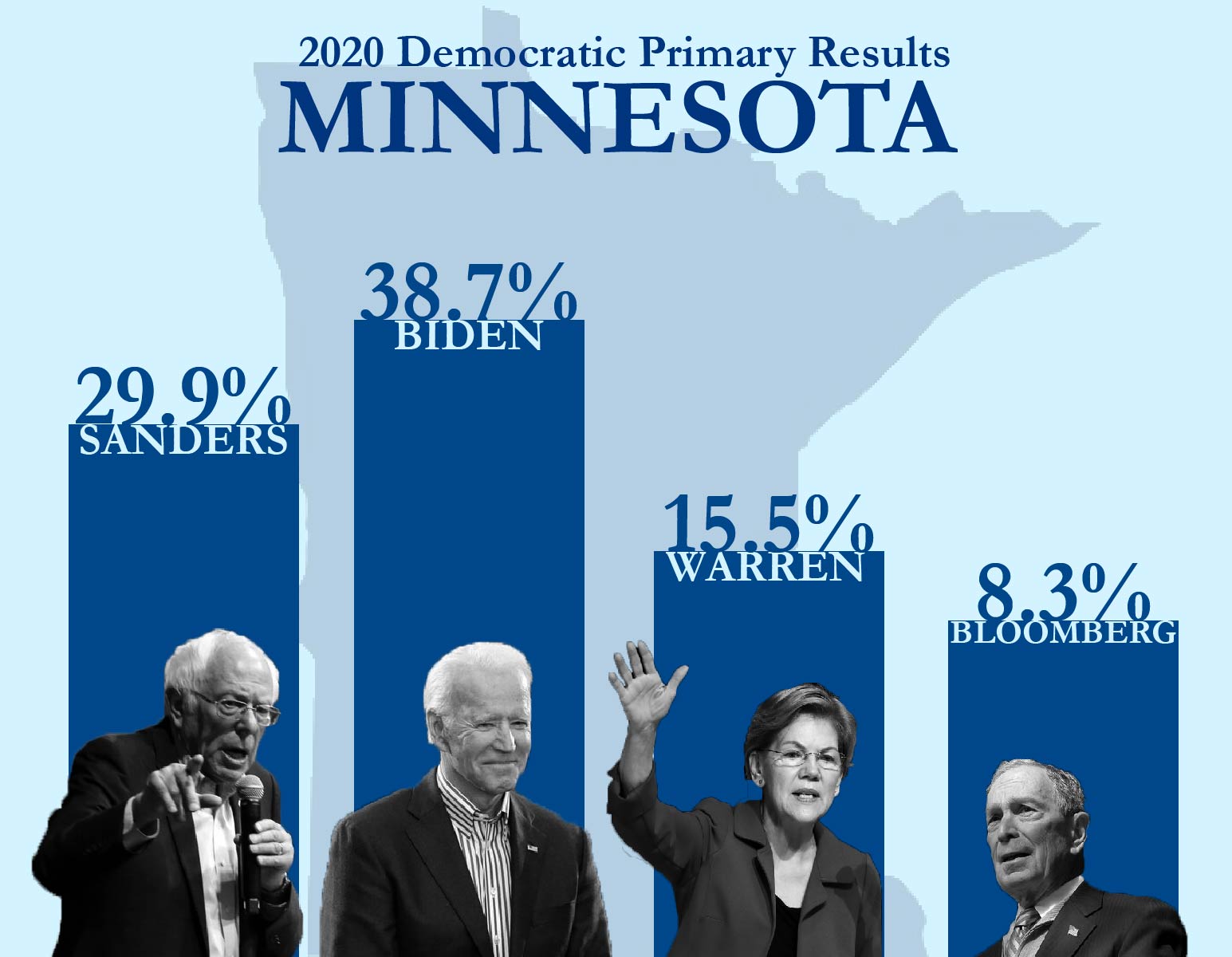Minnesota Primary Election Overview

The Minnesota primary election is a crucial event in the state’s political landscape, serving as a stepping stone for candidates seeking to represent their respective parties in the general election. It’s a time when registered voters cast their ballots to choose the nominees who will compete for various offices, from congressional seats to statewide positions.
Purpose and Timing of the Minnesota Primary Election
The Minnesota primary election is held in June, typically on the second Tuesday of the month. The purpose of the primary is to narrow down the field of candidates within each party, allowing voters to choose their preferred nominees for the general election. This process ensures that the candidates who ultimately compete in the general election are those who have garnered the most support within their respective parties.
Types of Elections Held During the Minnesota Primary
The Minnesota primary election encompasses a range of races, including:
- Congressional Elections: Voters choose candidates for the U.S. House of Representatives, representing their respective districts.
- Gubernatorial Elections: Voters select candidates for the office of Governor of Minnesota.
- Statewide Races: Voters decide on candidates for other statewide offices, such as Secretary of State, Attorney General, and State Auditor.
- State Senate and House of Representatives Elections: Voters choose candidates for the Minnesota State Senate and House of Representatives, representing their respective districts.
Significance of the Minnesota Primary in National Elections
While the Minnesota primary election primarily focuses on state and local races, it can also play a role in national elections. This is particularly true when the state is considered a battleground in presidential elections.
“The Minnesota primary can be significant in national elections, especially when the state is seen as a battleground for the presidency.”
In these cases, the outcome of the Minnesota primary can provide insights into the potential strengths and weaknesses of candidates seeking the presidency, influencing the national political discourse and potentially shaping the national election landscape.
Key Candidates and Races

The Minnesota primary election features a diverse field of candidates vying for various positions, from governor to Congress. The primary will be a crucial step in determining the nominees for the November general election.
Governor’s Race
The governor’s race is one of the most closely watched contests in the primary. The incumbent governor, Tim Walz (DFL), is seeking re-election. He faces a challenge from several Republican candidates, including Scott Jensen, a physician who has been critical of the state’s response to the COVID-19 pandemic. The primary will determine who will face Walz in the general election.
United States Senate Race, Minnesota primary
The race for the U.S. Senate seat currently held by Tina Smith (DFL) is also attracting significant attention. Smith is seeking re-election, and she faces a primary challenge from several candidates, including former state senator, and a political activist. The primary will be a key test of Smith’s popularity and will shape the general election landscape.
United States House of Representatives Races
Several congressional districts are seeing competitive primaries. In the 1st Congressional District, incumbent Jim Hagedorn (R) is facing a primary challenge from several candidates. The primary will determine who will face the Democratic nominee in the general election.
Statewide Races
The primary election also features races for several statewide offices, including attorney general, secretary of state, and auditor. These races are attracting attention from voters interested in the future direction of the state.
Voter Turnout and Demographics

Voter turnout in Minnesota primary elections has historically been lower than in general elections. This trend is influenced by various factors, including the perceived importance of the primary, voter apathy, and the timing of the election. Understanding the demographics of the Minnesota electorate and potential shifts in voter behavior is crucial for predicting the outcome of the primary.
Voter Turnout Trends
Voter turnout in recent Minnesota primary elections has exhibited distinct patterns. For instance, the 2020 Democratic primary saw a surge in turnout, particularly among younger voters and voters of color, driven by the high-profile race between Bernie Sanders and Joe Biden. In contrast, the 2018 Republican primary, which lacked a similar level of national attention, witnessed lower turnout. These variations highlight the impact of candidate visibility and the perceived importance of the primary on voter participation.
Demographics of the Minnesota Electorate
The Minnesota electorate is characterized by its diverse demographics. The state’s population is relatively evenly distributed across urban, suburban, and rural areas. Minnesotan voters tend to be well-educated, with a high percentage of college graduates. The state also has a significant population of immigrants, with a growing number of Asian and Hispanic voters. These demographic factors contribute to the complex and evolving political landscape of Minnesota.
Potential Shifts in Voter Demographics
Minnesota’s changing demographics have significant implications for the primary election. The state’s growing Asian and Hispanic populations are increasingly becoming politically engaged, potentially influencing the outcome of the primary. Moreover, the increasing number of young voters, often driven by issues like climate change and social justice, could also shift the political landscape. Understanding these evolving demographics is crucial for political strategists and candidates alike.
The Minnesota primary is a crucial step in the state’s political process, offering voters the chance to select their preferred candidates for various offices. To understand the full picture, it’s essential to consider the broader context of the minnesota election results , which provide insights into the overall political landscape.
Ultimately, the primary serves as a stepping stone towards the general election, where the chosen candidates will face off for the final positions of power.
The Minnesota primary is a key event in the state’s political landscape, and this year, it’s drawing attention from across the nation. One of the candidates, Nate Schluter , has been making headlines with his innovative campaign strategy. His focus on grassroots outreach and digital engagement has resonated with voters, making him a contender to watch in the upcoming election.
